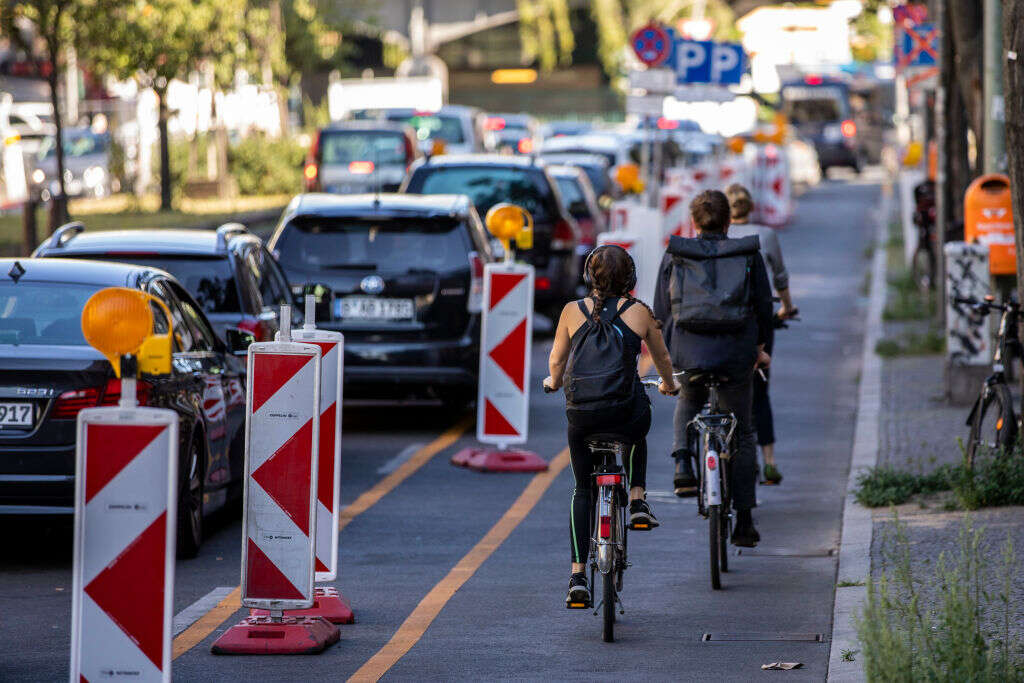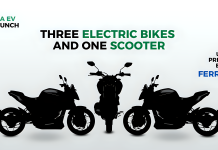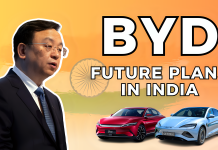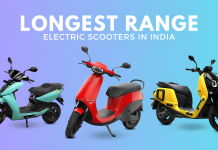Traffic congestion and rising emissions have become synonymous with city life. As our cities grow, so do the problems associated with traditional modes of transportation. Fortunately, the emergence of electric bikes, or e-bikes, presents a promising solution to combat both traffic congestion and emissions. E-bikes offer a compelling alternative to cars and even conventional bicycles, with their potential to reshape urban mobility and create more sustainable and efficient cities.
Traffic congestion is a problem in urban areas worldwide. Long commutes, bumper-to-bumper traffic, and countless hours spent in gridlock are the daily frustrations of millions. E-bikes offer a way to break free from this cycle. Unlike cars, e-bikes can navigate through traffic more swiftly and efficiently, thanks to their smaller size and nimbleness. They provide riders with the ability to bypass traffic jams, take shortcuts, and enjoy a more stress-free commute. This not only saves time but also reduces the frustration associated with being stuck in traffic.
Read More: Motovolt acquires stakes in eROCKIT, a German electric 2 wheeler OEM
Furthermore, e-bikes are an inclusive mode of transportation, accessible to a broad range of individuals. They can accommodate various fitness levels and abilities, making them an attractive option for a diverse population. Commuters who may not have considered cycling as a viable alternative due to physical limitations or concerns about arriving at work sweaty can now embrace e-bikes as a practical choice. This inclusivity can significantly reduce the number of cars on the road, further alleviating congestion.
One of the most pressing global challenges today is the reduction of greenhouse gas emissions to combat climate change. The transportation sector is a major contributor to these emissions, with cars being a significant culprit. E-bikes offer a green alternative to traditional gasoline-powered vehicles. They are powered by electric motors, which can be charged from renewable sources, thus reducing the carbon footprint associated with commuting. By replacing car trips with e-bike rides, individuals can significantly reduce their personal emissions.
E-bikes promote active transportation and physical activity. Many people opt for cars due to the convenience, even for short trips that could easily be completed by bike. E-bikes bridge the gap between sedentary car travel and traditional cycling, encouraging more people to choose active transportation options. This not only reduces emissions but also contributes to improved public health by promoting physical activity, reducing obesity rates, and lowering the burden on healthcare systems.
The adoption of e-bikes in urban environments can also lead to a reduction in demand for parking infrastructure. Traditional bikes require minimal space for parking compared to cars. E-bikes take this a step further by being even more compact. With fewer cars on the road and a growing e-bike culture, cities can potentially repurpose parking lots and garages for other uses, such as parks, housing, or commercial spaces. This not only makes cities more attractive but also contributes to better land use planning.
Despite the numerous advantages of e-bikes, there are challenges that need to be addressed. One concern is safety, as e-bikes travel at higher speeds than conventional bicycles. Adequate infrastructure, including dedicated bike lanes and intersection designs that prioritize cyclist safety, is essential. Moreover, comprehensive regulations are necessary to ensure that e-bike users adhere to safety guidelines.
In conclusion
E-bikes have the potential to revolutionize urban mobility by reducing traffic congestion and emissions. Cities must invest in infrastructure that supports e-bike use, including bike lanes and charging stations, while implementing regulations to ensure safe operation. By embracing e-bikes, we can create cleaner, healthier, and more efficient cities for everyone. It is time to pedal toward a more sustainable urban future.







